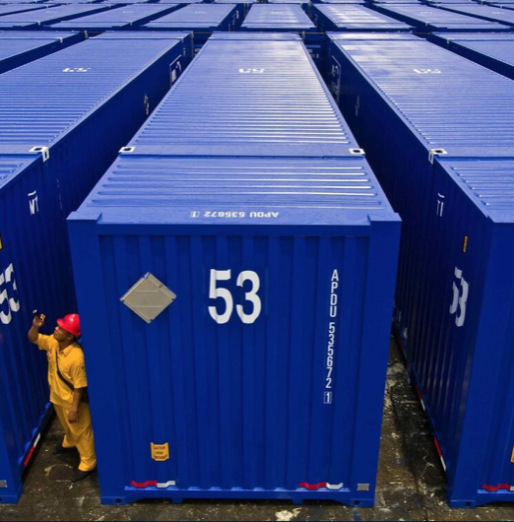Cargo ships lost 661 containers at sea in 2022, WSC report says
Number is down from 15-year average of 1,566 lost annually, as industry continues research on solutions.

Cargo ships lost 661 containers at sea in 2022, down from the 15-year average of 1,566 lost per year, according to the latest figures from the World Shipping Council (WSC).
The WSC said its “Containers Lost at Sea – 2023 Update” report revealed positive developments in container safety within the international liner shipping industry, saying the 2022 losses represent a tiny fraction of the 250 million containers currently shipped each year.
Despite the improvement, the group says it is continuing to develop studies, processes, and regulations to decrease the number further, saying that lost containers affect the safety of container ships and their crew, shore-based workers, and the environment. The responsibility for container safety is shared across the supply chain, with solutions for safer container transport including proper packing, stowage, and securing of containers, and reporting of correct weight.
"The reduction in containers lost at sea in 2022 is positive news, but there is no time for complacency. Every container lost at sea will always be one too many and we will continue with our efforts to make the sea a safer place to work, and to protect the environment and cargo by reducing the number of containers lost at sea,” John Butler, president & CEO of the WSC, said in a release.
Initiatives planned to reduce lost containers include the MARIN Top Tier project, which was founded in 2021 by several member lines and a range of maritime stakeholders ro perform research on concrete data about the causes of containers overboard and how to prevent further incidents. This includes training materials to raise awareness of the risk of various kinds of parametric rolling, as well as tools such as videos and calculators to help prevent and, if necessary, manage such dangerous situations.
WSC says that the TopTier project–now in its third and final year—is also doing research into container and lashing gear strength, stowage planning and optimization, guidelines for vessel operations, and voyage planning. More results are to come in the form of industry best practices, updated safety standards, and recommendations
Related Articles
Copyright ©2024. All Rights ReservedDesign, CMS, Hosting & Web Development :: ePublishing